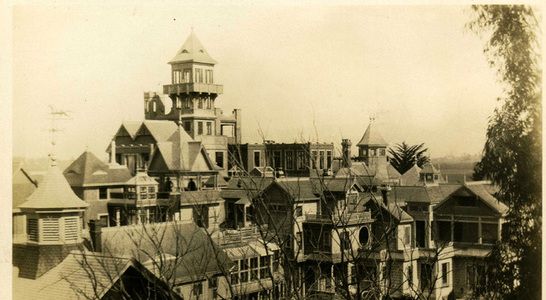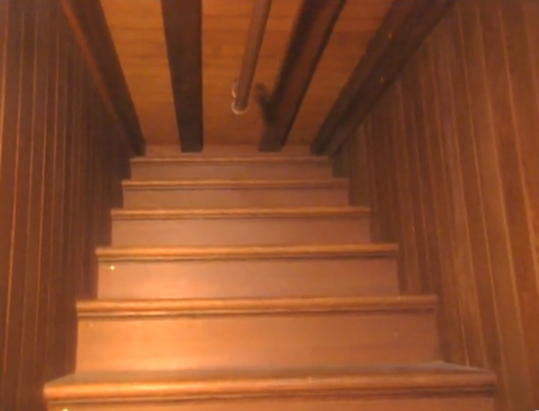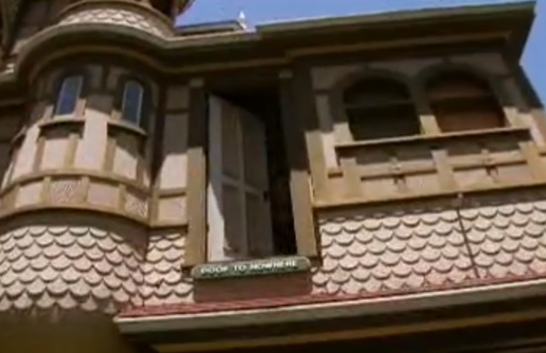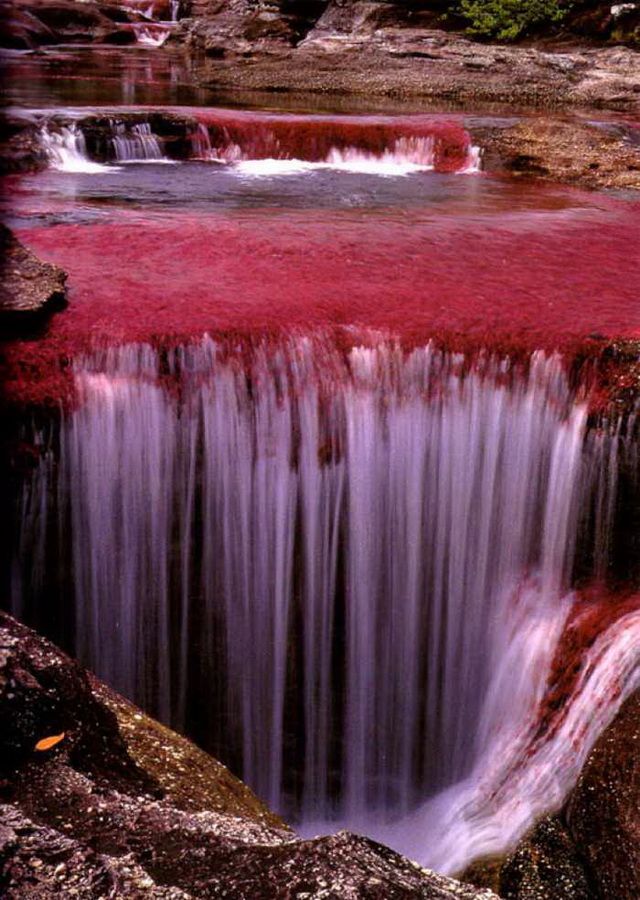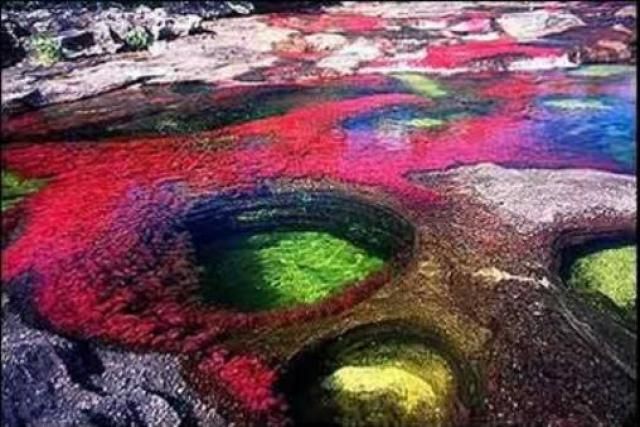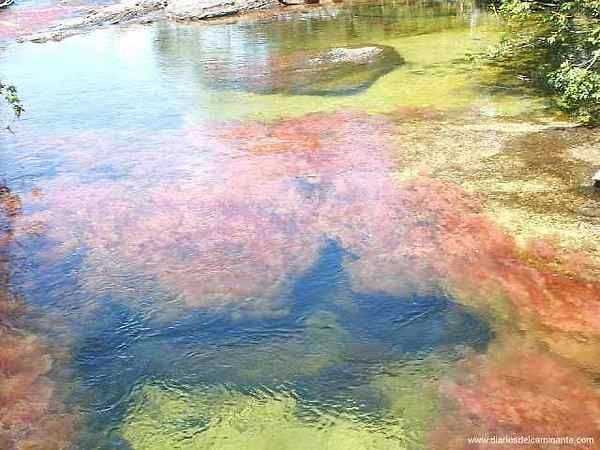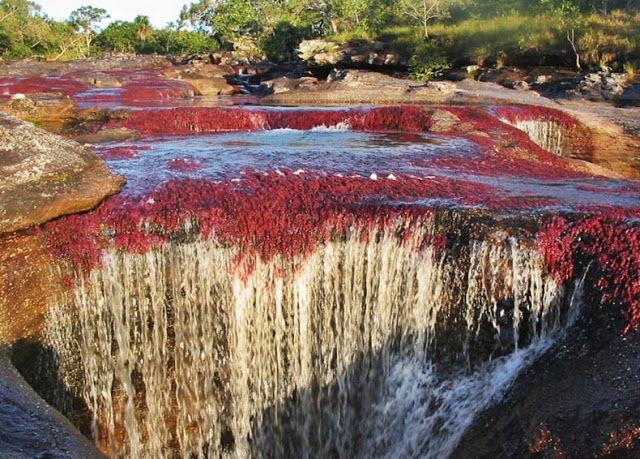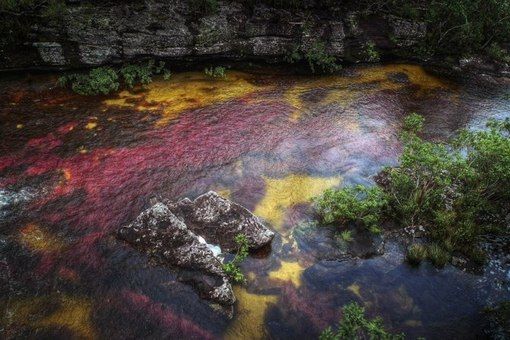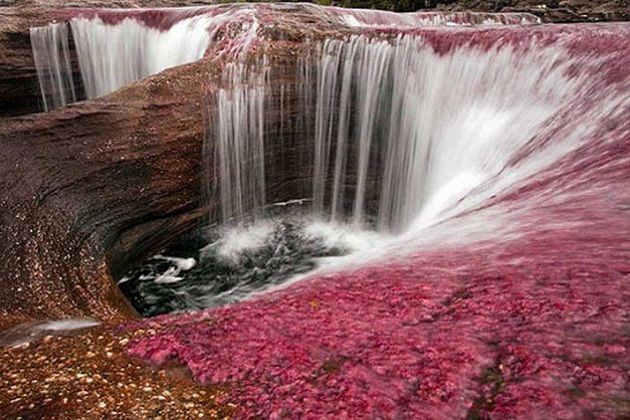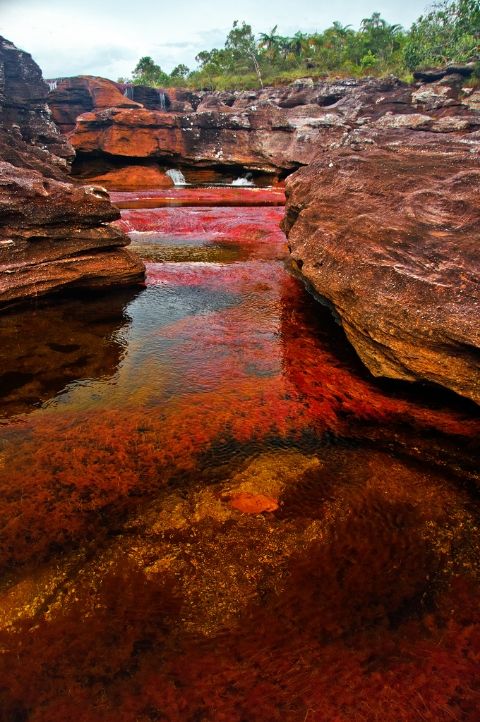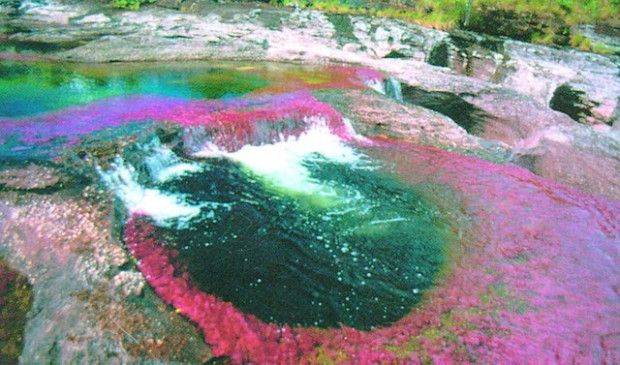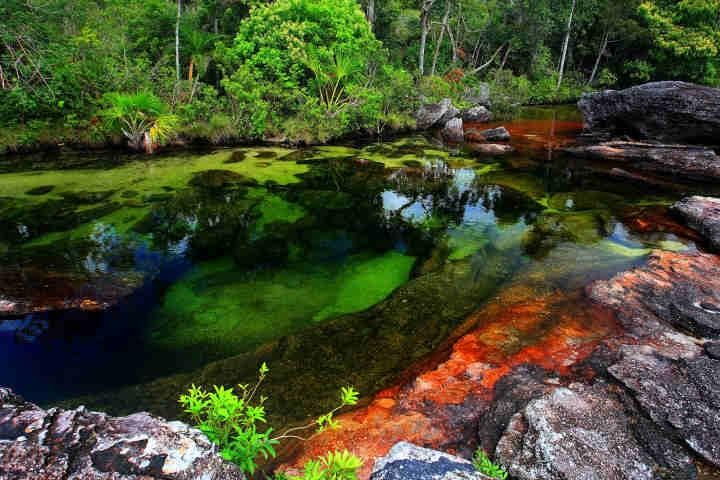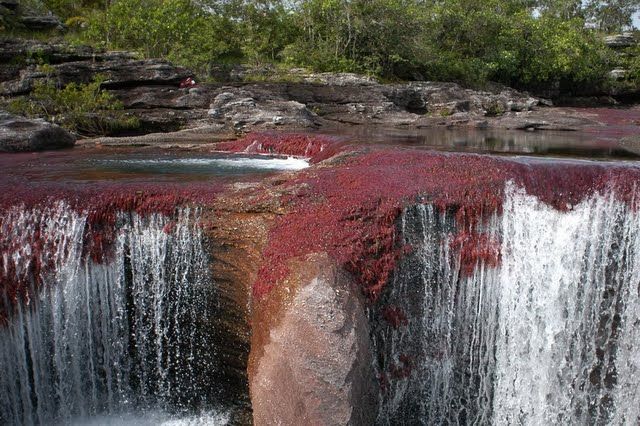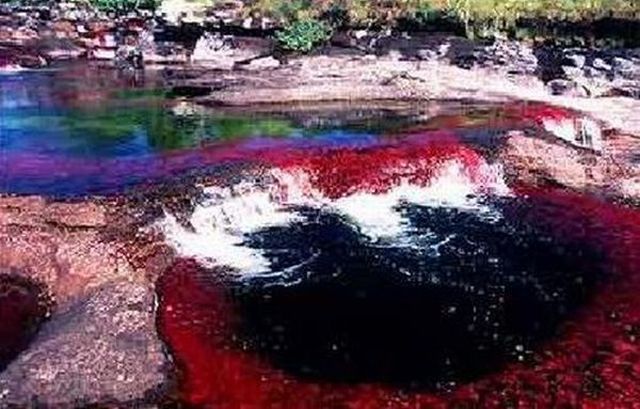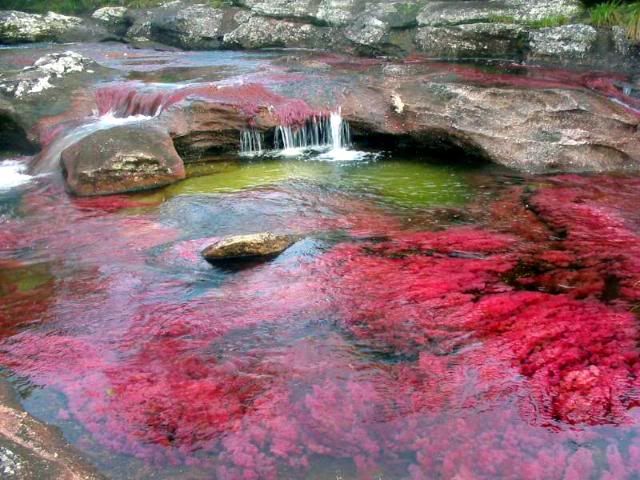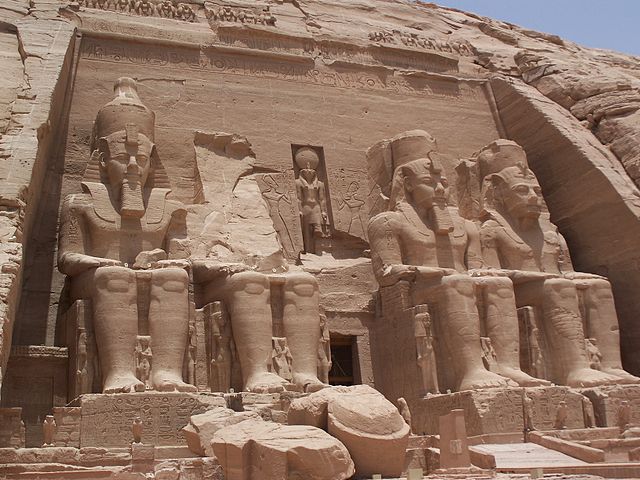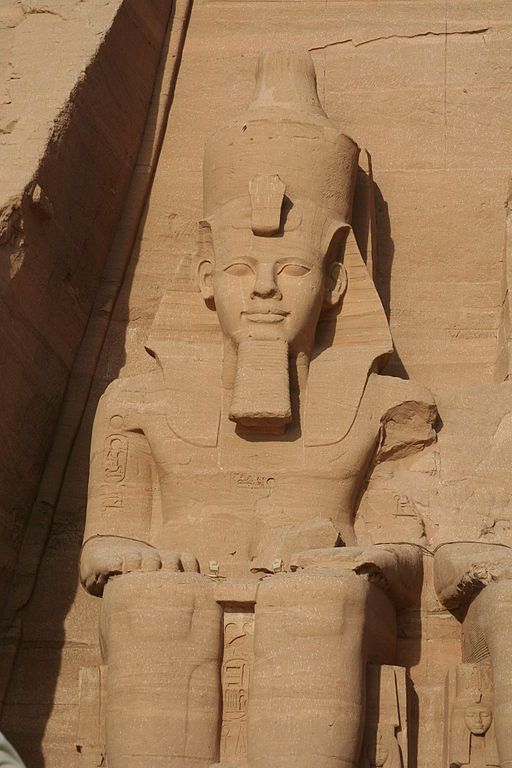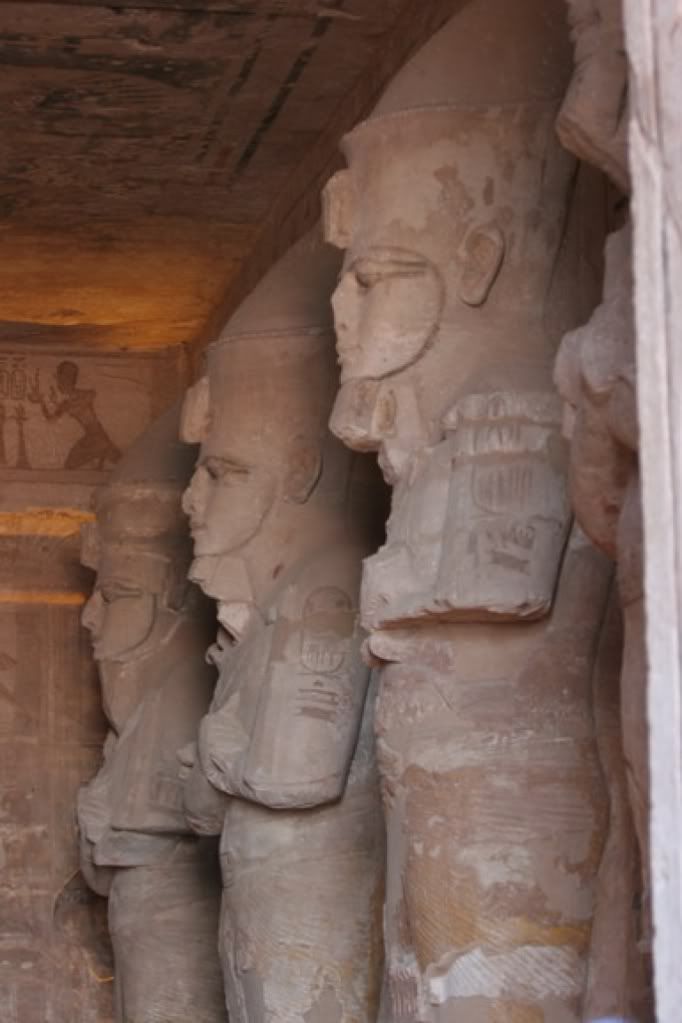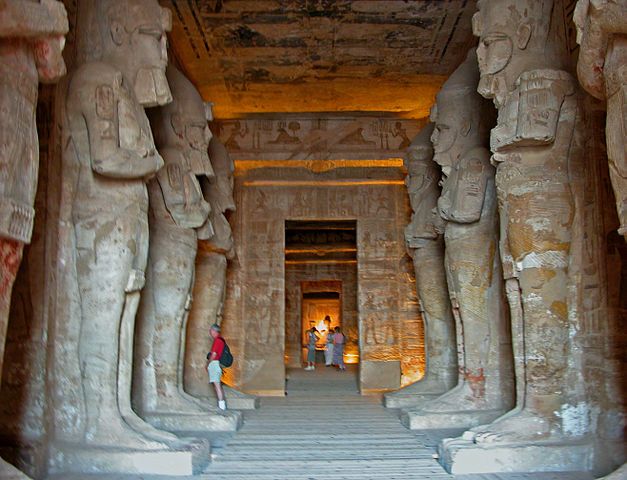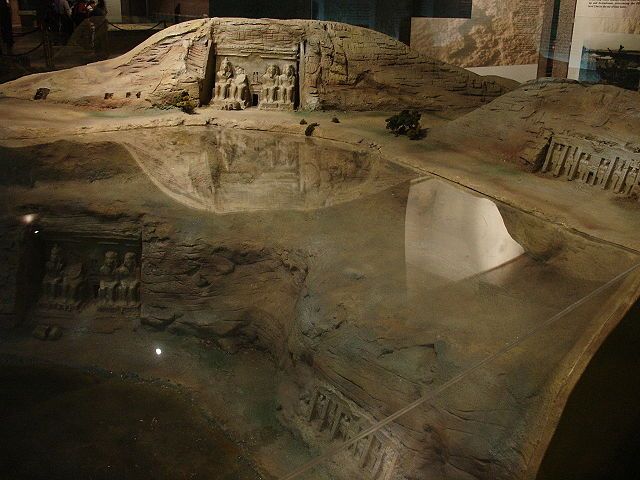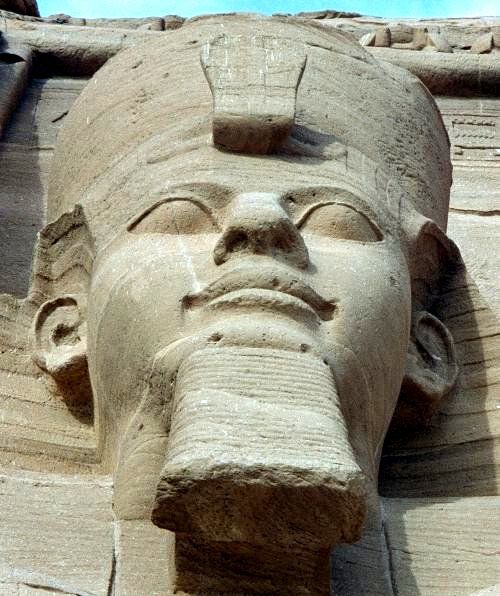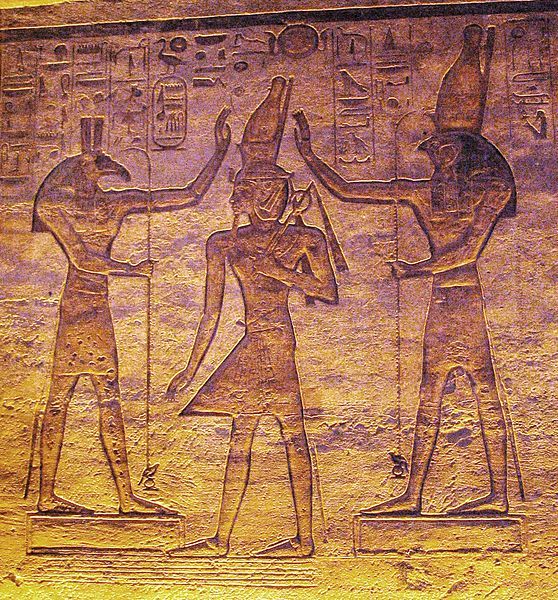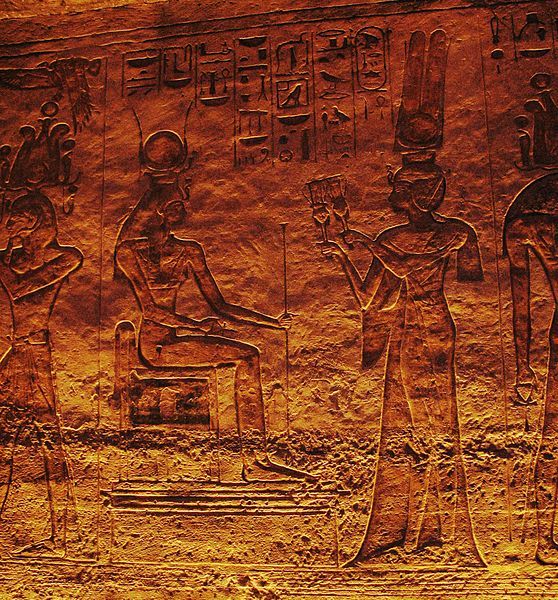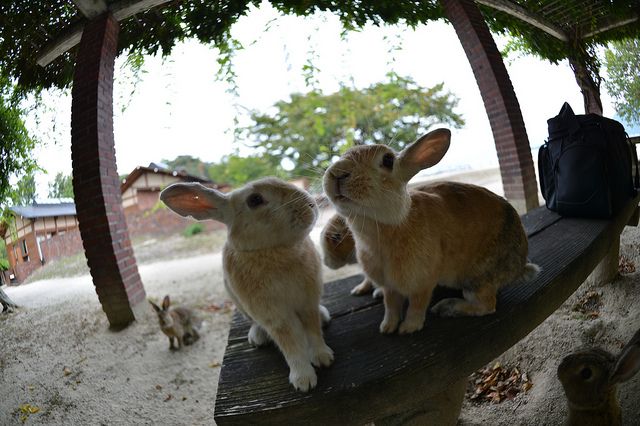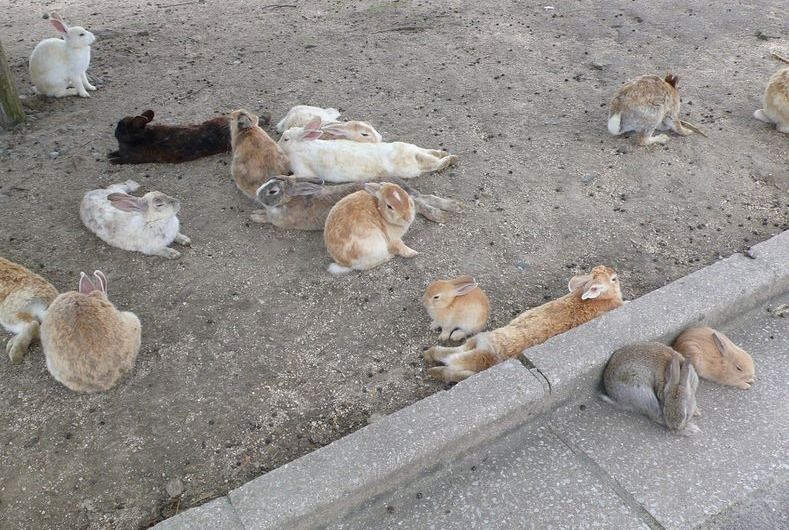The Winchester Mystery House is a well-known mansion in Northern California. It once was the personal residence of Sarah Winchester, the widow of gun magnate William Wirt Winchester. It was continuously under construction for 38 years and is reported to be haunted. It now serves as a tourist attraction. Under Winchester's day-to-day guidance, its "from-the-ground-up" construction proceeded around the clock, without interruption, from 1884 until her death on September 5, 1922, at which time work immediately ceased. The cost for such constant building has been estimated at about US $5.5 million (if paid in 1922; this would be equivalent to over $75 million in 2012).
The Queen Anne Style Victorian mansion is renowned for its size and utter lack of any master building plan. According to popular belief, Winchester thought the house was haunted by the ghosts of the people who fell victim to Winchester rifles, and that only continuous construction would appease them. It is located at 525 South Winchester Blvd. in San Jose, California.
As of 2013, the house is under private ownership by Winchester Mystery House, LLC, a limited liability company owned by partners Edna May Raney; Gerard Raney; Ray Farris II; Sandra Farris; and M. Valerie Bovone. It is not operated by the County of Santa Clara or the U.S. National Park Service.
 |
| Sarah Winchester - 1865 |
Although this is disputed, popular belief holds that a Boston medium told Winchester that she had to leave her home in New Haven and travel West, where she must "build a home for yourself and for the spirits who have fallen from this terrible weapon, too. You must never stop building the house. If you continue building, you will live forever. But if you stop, then you will die."
Winchester left her New Haven home and headed for California. In 1884 she purchased an unfinished farmhouse in Santa Clara Valley, and began building her mansion. Carpenters were hired and worked on the house day and night until it became a seven story mansion.
The June 1937 issue of Modern Mechanix relates the story from then-current accounts as follows: "Winchester and the baby girl died suddenly and Mrs Winchester, stunned by the tragedy, fell into a coma so serious that physicians despaired of her life.
"Finally she recovered and, at a friend’s suggestion, visited a medium. During a séance, according to those familiar with her story, she received a communication from her dead husband in which he said: 'Sarah dear, if our house had not been finished, I would still be with you. I urge you now to build a home, but never let it be finished, for then you will live.' " (In fact, her daughter died in 1866 and her husband in 1881, neither suddenly.)
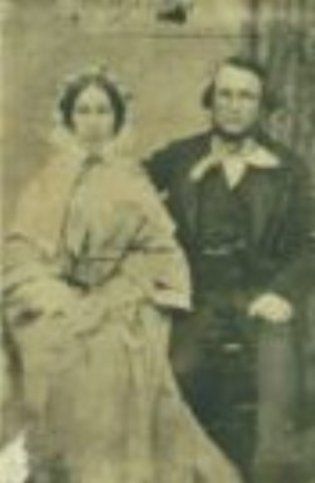 |
| William Wirt Winchester e Sarah Winchester |
Another version of the story says that after the deaths of her daughter and later her husband, she consulted a medium who told her that she must build a house and never cease building it, otherwise the spirits that killed her family members would come after her, too. After that she began construction on the maze-like house full of twists, turns, and dead ends, so that the spirits would get lost and never be able to find her.
One version states "She believed her only chance of a normal life was to build a house, and keep building it. If the house was never finished, no ghost could settle into it. The house contains many features that were utilized to trap or confuse spirits. There are doors that are small or lead nowhere and windows that look into other parts of the house. The mansion may be huge but there are only two mirrors in the whole place. This is because Sarah believed that ghosts were afraid of their own reflection."
Winchester inherited more than $20.5 million upon her husband's death. She also received nearly 50 percent ownership of the Winchester Repeating Arms Company, giving her an income of roughly $1,000 per day, none of which was taxable until 1913. This amount is roughly equivalent to about $30,000 a day in 2012. All of this gave her a tremendous amount of wealth to fund the ongoing construction.
The house today
Before the 1906 earthquake, the house had been seven stories high, but today it is only four stories. The house is predominantly made of redwood, as Mrs. Winchester preferred the wood; however, she disliked the look of it. She therefore demanded that a faux grain and stain be applied. This is why almost all the wood in the home is covered. Approximately 20,500 gallons (76,000 liters) of paint were required to paint the house. The home itself is built using a floating foundation that is believed to have saved it from total collapse in the 1906 earthquake and the 1989 Loma Prieta earthquake.
This type of construction allows the home to shift freely, as it is not completely attached to its brick base. There are roughly 160 rooms, including 40 bedrooms, 2 ballrooms (one completed and one unfinished) as well as 47 fireplaces, 10,000 window panes, 17 chimneys (with evidence of two others), two basements and three elevators. Winchester's property was about 162 acres (864,000 m²) at one time, but the estate is now just 4.5 acres (24,000 m²) – the minimum necessary to contain the house and nearby outbuildings. It has gold and silver chandeliers and hand-inlaid parquet floors and trim. There are doors and stairways that lead nowhere and a vast array of colors and materials. Due to Mrs Winchester's debilitating arthritis, special "easy riser" stairways were installed as a replacement for her original steep construction. This allowed her to move about her home freely as she was only able to raise her feet a few inches high.
The home's conveniences were rare at the time of its construction. These included steam and forced-air heating, modern indoor toilets and plumbing, push-button gas lights, Mrs Winchester's personal (and only) hot shower from indoor plumbing. There are also three elevators, one of which was powered by a rare horizontal hydraulic elevator piston. Most elevator pistons are vertical, as this takes up less space, but to improve its function, she discarded the norm and included this model for its function over fashion. Though the home was built with the strangest of intentions, Mrs. Winchester never skimped on the many bizarre adornments that she believed contributed to its architectural beauty. Many of the stained glass windows were created by the Tiffany company. Some were designed specifically for her, and others by her, including the renowned "spider web" window. This piece features her favorite shape, the spider's web, and features repetition of the number 13, which was one of her preoccupations. This window is not installed, but rather featured in the so-called "$25,000 storage room".
The room is so named because its contents were originally appraised at a value of $25,000. Their value today is inestimable, but thought to be at least ten times that. A second famed window was designed by Tiffany himself for Mrs Winchester. This window was carefully designed so that when the light hits the crystals just so, the room will be filled with thousands of rainbow prisms. However, due to the poor placement of the piece, this will never be seen. It is located in a room with no direct light, as well as being built facing a wall.
When Winchester died, all of her possessions (apart from the house) were bequeathed to her niece and personal secretary. Her niece then took everything she wanted and sold the rest in a private auction. It took six trucks working eight hours a day for six weeks, to remove all of the furniture from the home. Mrs Winchester made no mention of the mansion in her will, and appraisers considered the house worthless due to the damage caused by the earthquake, the unfinished design and the impractical nature of its construction. It was sold at auction to a local investor for $135,000, and in February 1923, five months after Winchester's death, it was opened to the public. Harry Houdini toured the mansion in 1924, and the newspaper account of his visit, displayed in the rifle museum on the estate, called it the Mystery House.
 |
| Sarah Winchester - 1920 |
Today the home is owned by Winchester Investments LLC and it retains unique touches that reflect Mrs Winchester's beliefs and her reported preoccupation with warding off malevolent spirits. These spirits are said to have directly inspired her as to the way the house should be built. The number thirteen and spider web motifs, which carried spiritual significance for her, occur throughout the house. For example, an expensive imported chandelier that originally had 12 candle-holders was altered to accommodate 13 candles, wall clothes hooks are in multiples of 13, and a spider web-patterned stained glass window contains 13 colored stones. The sink's drain covers also have 13 holes. In tribute, the house's current groundskeepers have created a topiary tree shaped like the numeral 13. Also, every Friday the 13th the large bell on the property is rung 13 times at 1 o'clock p.m. (13:00) in tribute to Winchester.
Source: http://en.wikipedia.org/wiki/Winchester_Mystery_House
Versione Italiana:
http://inovemondi.forumfree.it/?t=65564999

